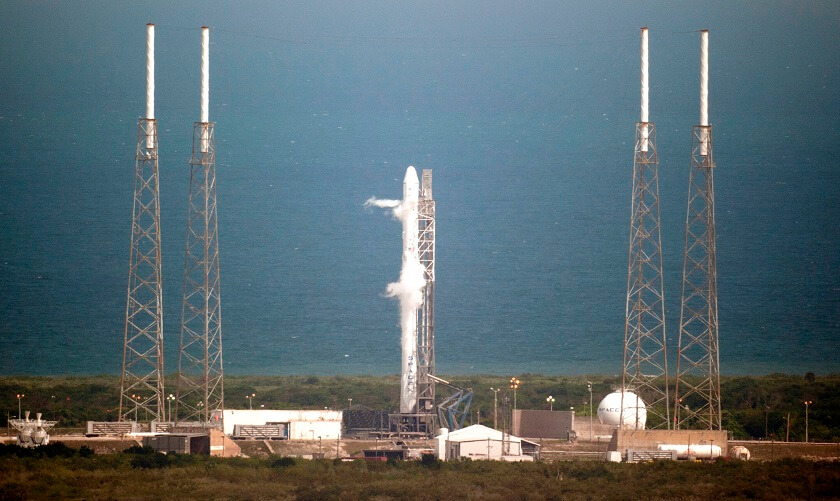SpaceX launched its latest batch of 60 internet-beaming Starlink satellites from Cape Canaveral Florida on Sunday.
This takes up the total of Starlink satellites to 835 thus far. Though not all are operational as some were test satellites. But these constellations of low-orbit satellites are strong enough ocean high-speed internet down to Earth.
Elon Musk, the CEO of the company says that the aim is to build a strong network of such satellites above Earth capable of supplying the internet to 99 percent of the globe.
“With performance that far surpasses that of the traditional satellite internet, and a global network unbounded by ground infrastructure limitations, Starlink will deliver high-speed broadband internet to locations where access has been unreliable, expensive, or completely unavailable,” the firm’s website states.
The network is already live and is being tested by some users in the US and Canada.
Emergency responders in Washington State used the satellite network to set up a Wi-fi hotspot for people affected by wildfires in the state.
It is also being used by a remote Native American tribe for telehealth consultancy.

A wider beta testing is expected after the latest launch.“Once these satellites reach their target position, we will be able to roll out a fairly wide public beta in northern US and hopefully southern Canada,” he tweeted. “Other countries to follow as soon as we receive regulatory approval.”
There are reservations from astronauts about these low-orbit satellites, which they say will obstruct observations and even create some signal interference.
SpaceX is working with NASA and other research labs to minimize the risk to the astronauts and the space observatory. Plans are to tilt the angle of the satellite and paint it black to stop reflection from the Sun.
But a report by the Satellite Constellations 1 (Satcon1) workshop, which was signed by hundreds of astronomers, said: “no combination of mitigations can completely avoid the impacts of satellite trails on the science programs of the coming generation.”
The latest launch also included a successful controlled landing and recovery of the first-stage booster. One of the fairing halves though it was slightly damaged as a catching net gave way on the recovery barge. SpaceX says the recovery crew is fine.
There is another launch planned for October 21. SpaceX this year has focused mostly on delivering its own Starlink satellites to orbit. The company has already launched almost 300 new Starlink satellites since June.
In related news, Nokia’s industrial research and scientific development arm, Bell Labs, has secured $14.1 million in funding from NASA to build and deploy the first wireless network on the moon, starting with 4G/LTE technologies and moving to 5G later on.
The system could support lunar surface communications at greater distances, increased speeds, and provide more reliability than current standards.






